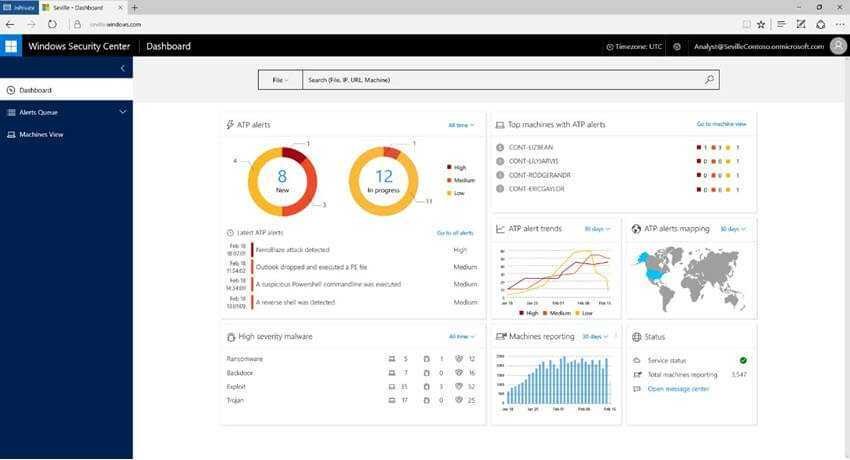Microsoft recently announced that Windows Defender's Windows Defender's Advanced Threat Protection (ATP) feature will also be available in Windows 7 and 8.1 operating systems starting this summer.
The company will thus offer Endpoint Detection & Response (EDR) to all systems it still supports with updates.
Windows Defender ATP EDR will give administrators a rich view of the threats that end up in their endpoints, providing more accurate information to help protect each company's systems.
Microsoft also recommends on Companies to bundle EDR with Windows Defender, even though it can "run side-by-side with third-party antivirus solutions as well."
"With Windows Defender ATP for Windows 10, Windows Server 2012R2 and 2016, it will be available in both Windows 7 and 8.1, providing security teams with a single solution for detecting and responding to advanced attacks," said Rob Lefferts, Partner Officer of Windows & Devices, Security & Enterprise.
Accelerating Microsoft's efforts to upgrade of customers on Windows 7 is not surprising and is very likely to accelerate in the coming months.
Windows 7 is reaching the end of support with updates from the company in January 2020, so consumers and organizations using the operating system have less than 2 years to complete the upgrade either to Windows 8.1 or on Windows 10.
Statistics show, however, that Windows 7 still works at 40% of online systems around the world.
It remains to be seen whether Microsoft's attractive offer will be adopted by consumers and businesses.
- Antivirus from China goes through Bitdefender, ESET and more
- Window Defender: Disable Fall Creators Update





